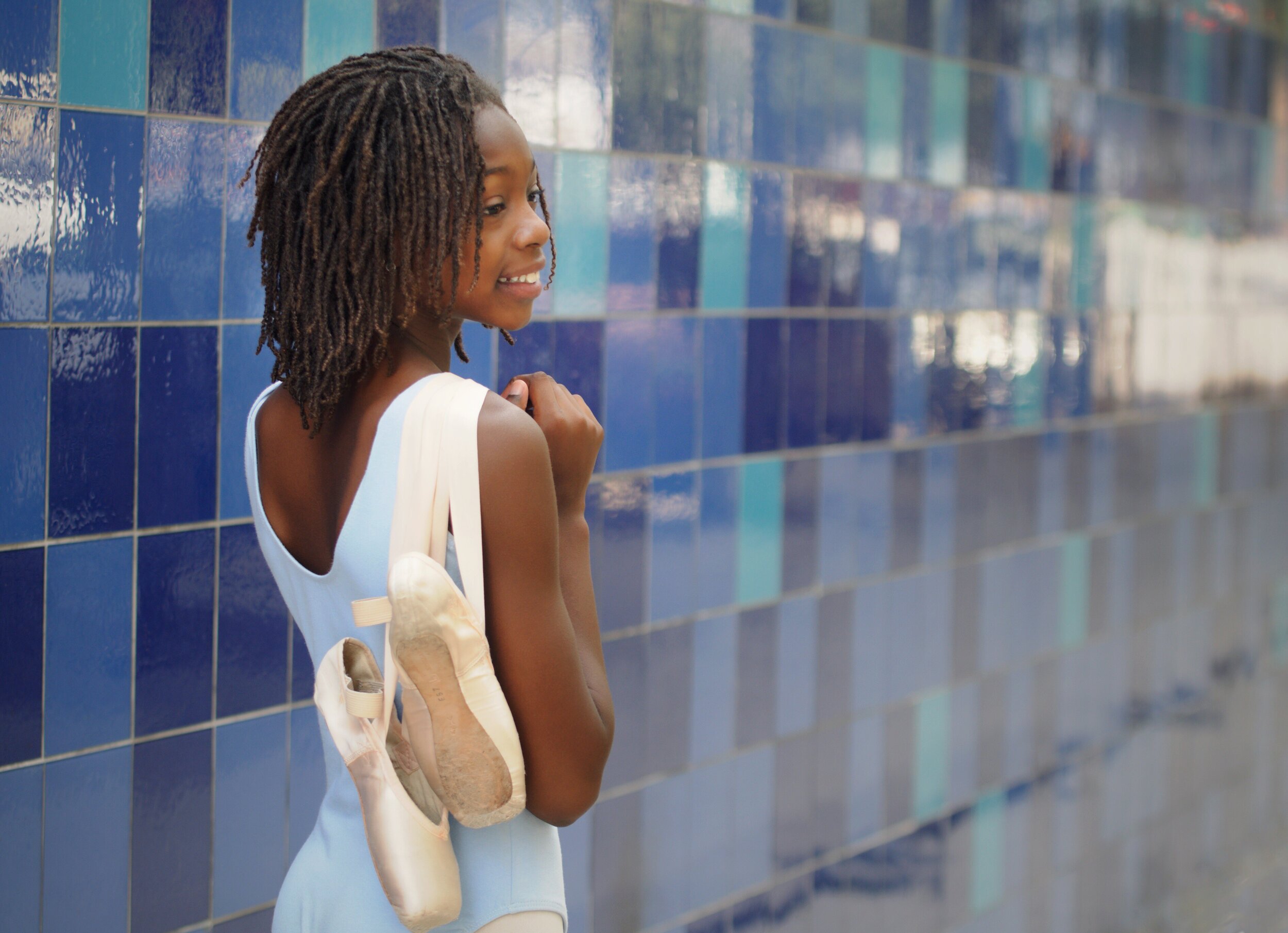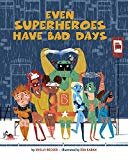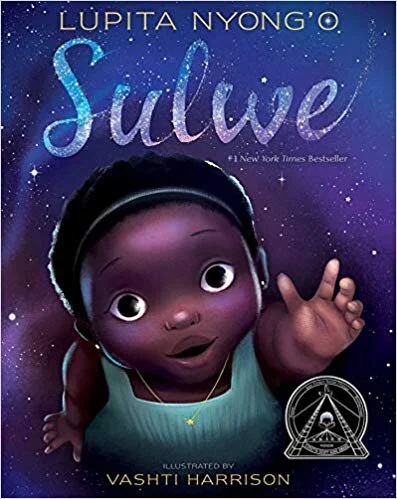As I write this, we are right in the middle of Black History Month, and I’ve been thinking a lot recently about how I can be a better ally to my clients of color. What can I do as a white therapist, living and working in a town that is not very diverse, to better support these kids and families? One small step I’ve taken is to select images for my website, therapy office, and playroom that represent many races and ethnicities. My hope is that children who visit me in the office will feel that it is a place for them, regardless of whether or not they look like me.
Working toward this goal, I’m making sure that new toys and books that I add to the playroom reflect the children who are going to be using them. I believe this is helpful to all my clients—regardless of their background—because everyone benefits from better representation. Kids of all races need opportunities to see themselves in stories, as well as chances to see the world through other peoples’ eyes. In this post, I’ll be sharing 5 books that provide racial mirrors and windows for kids of many backgrounds, while also giving parents opportunities to introduce conversations about race.
What Are Racial Mirrors and Windows?
“Racial mirror” is a term that may be familiar to you if you’re in the adoption community, particularly if you’ve adopted a child whose race is different than your own. A racial mirror is a person whose identity matches yours, and who can reflect your own experiences back to you. Racial mirrors can help a child feel seen and validated, and also help them to imagine a place for themselves in their community and the world at large. White people have lots of opportunities for racial mirrors, usually in their own neighborhoods as well as in their schools, in politics, and on TV.
For children of color, racial mirrors can be harder to come by, especially if a child is being raised in a family of a different race or in a largely white community. While it’s important for all kids to understand prejudice, it’s just as important for all children to be able to see positive role models who resemble them. Studies show that students do better in school when they have teachers who are racial mirrors. For Black children, having at least one Black teacher in elementary school reduces the likelihood of dropping out of high school by 39%.
A racial window, on the other hand, offers children an opportunity to see into someone else’s experience of life. Children begin to learn empathy by putting themselves in someone else’s shoes, so getting lots of opportunities to see life from another perspective can help kids grow into more empathetic, caring adults. Having many racial mirrors might also help make us more skilled at solving problems creatively. Researchers have found that diverse groups of people are better at coming up with new and innovative ideas, because the individuals have gotten smarter about considering a problem from many points of view.
Why Kids Need Diverse Books
I often use books in the therapy room to gently introduce topics that might otherwise feel too overwhelming for kids to talk about. Books can make heavy subjects like trauma, grief and loss feel more manageable. They can provide kids with language to describe their feelings when faced with unfamiliar situations, like a new sibling or the first day at a new school. Most importantly, books help children know that they aren’t alone with their thoughts and feelings: other people have been where they are now, and have felt these things before.
Books aren’t a replacement for real-life role models as racial mirrors and windows. However, children learn through stories, and easily identify with characters in books. Reading stories together can be a meaningful and child-friendly way to give children more reflections of themselves, as well as glimpses into the lives of others. Because race is a taboo subject for many families, books can provide a good jumping-off point for conversations with children. Fictional stories give kids a safe remove from serious or real-life topics, which can make them less threatening to talk about. I often find that, after reading a book together, kids share takeaways that I would have never expected.
5 Books With Racial Mirrors and Windows
The following books are ones that I like, because they feature ethnically diverse children and also address themes common to children in therapy, like self esteem, friendship, and empathy:
The Day You Begin by Jacqueline Woodson
I’m obsessed with this book, and so is the rest of the internet. Maybe you’ve already heard of it! This story, written in verse like a poem, describes a girl’s insecurity about returning to a school where she feels singled out for being different. Along the way, we’re introduced to other children who also have reasons to feel left out. I love this book because children of all backgrounds can see themselves in it: white kids, Black kids, kids living with a disability, and kids of various economic backgrounds. The story is open-ended enough that it allows children to put themselves into the narrative, while also making it easy to discuss race and other differences. The text and illustrations are both beautiful, and make this book feel really special.
Even Superheroes Have Bad Days, by Shelly Becker
This cute, brightly-illustrated book uses a cast of superheroes to teach kids about how to handle strong emotions. If your child is into superheroes, this could be a great way to start talking about coping skills and healthy ways to burn off anger. The gang of superheroes as well as the people they rescue are a pretty diverse group, which makes this a nice option if you’re looking for books about feelings. Other books in this series have the superheroes tackling the issues of sleep and making mistakes, so if this is popular with your child, you have more books to explore.
Lovely by Jess Hong
I just added this one to my own shopping cart. The illustrations are, well, really lovely, and I can imagine this art style appealing to lots of little girls in my practice. I love that the author of this book is an Asian-American woman. Aimed at younger children, this book is light on text and heavy on illustrations, and uses contrasting words to show how all different ages, body types, hair colors, and skin tones are worthy of being celebrated. The only downside is this appears to be out of print, and is a little hard to find.
Sulwe by Lupita Nyong’o and Vashti Harrison
A beautifully illustrated and popular book co-written by actress Lupita Nyong’o, this book addresses colorism from the point of view of a young girl who feels ashamed by the darkness of her skin. This book has a fairytale quality and incorporates fantasy elements that help children connect with the story and elevate the message of the book. This book won a Coretta Scott King award for its illustrations, and is a New York Times bestseller.
All the Colors We Are by Katie Kissinger
This bilingual, photo-rich picture book gives young children language to understand the concept of race. I like that it discusses that our skin color comes from melanin and our ancestors, and acknowledges that members of a family can have different shades of skin. This seems like a great way to explore the subject of race and ethnicity that doesn’t split people into a binary of “White” and “not White”. I can imagine that children appreciate being able to see real photos of other children, and to get a chance to see themselves and lots of other kids reflected in this book.
More Resources for Racially Diverse Books
If you are specifically looking for books with racial mirrors for Black children, or books that celebrate the Black experience, you can’t go wrong with Coretta Scott King Award-winning books. This award is given each year to an African-American authors and illustrators of children’s books that “demonstrate an appreciation of African American culture and universal human values.” These books are intended for many different age ranges, so you’ll find picture books as well as longer chapter books and YA novels.
This list of 21 Multicultural Books About Feelings was a great resource for this post and has many more options for books with a therapeutic bent that also happen to feature a diverse cast of kids.
I hope this post gave you some ideas about how you can use books to help your child see themselves and others through stories. You can always reach out to me here with questions about how counseling can help children dealing with anxiety, trauma experiences, and other life stresses.









